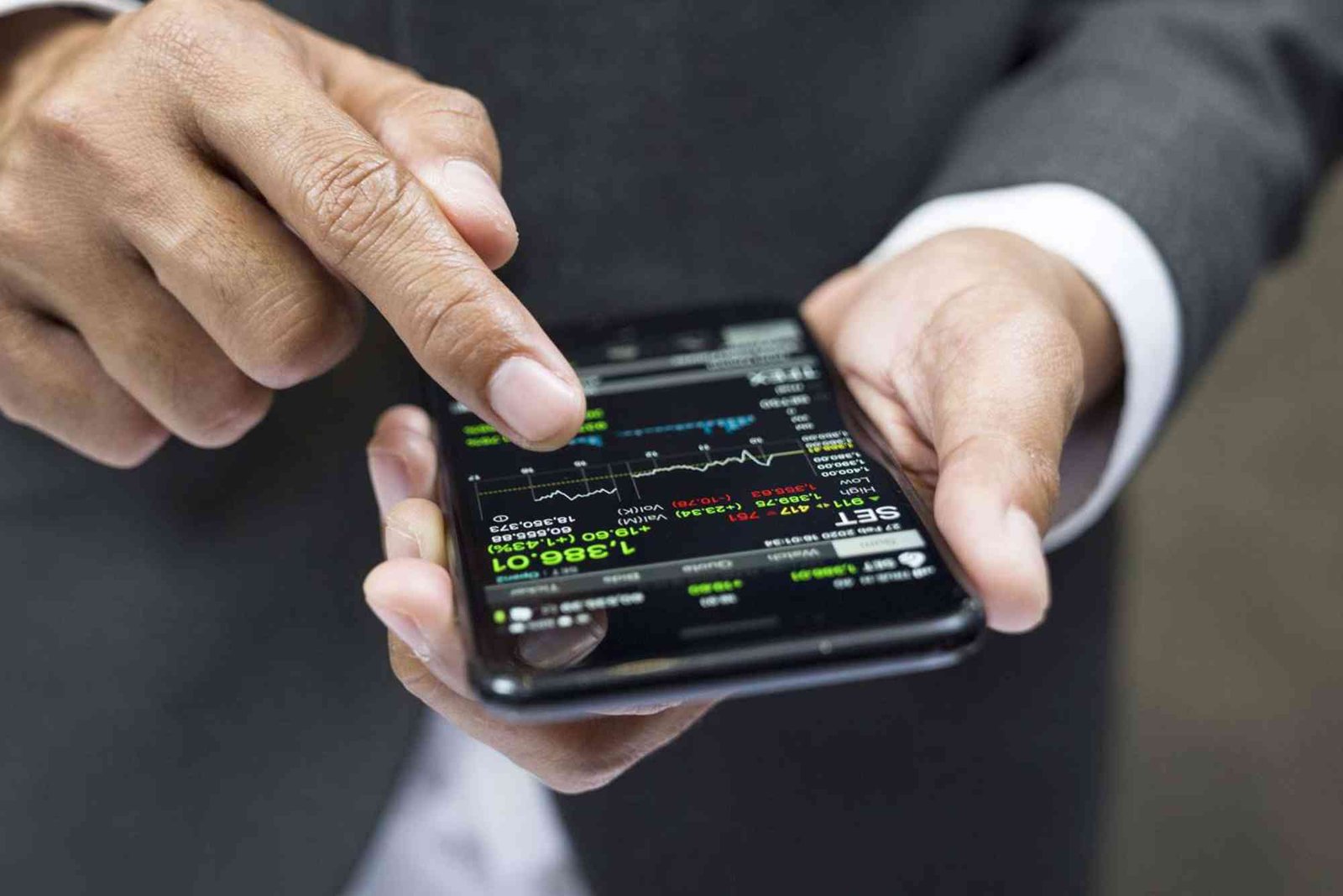Introduction
In today’s digital era, cryptocurrencies are no longer just an investment option; they are becoming a real payment method. Whether you want to buy coffee, shop online, or send money abroad, crypto payments are now possible and increasingly accepted. This article provides the best how to pay in cryptocurrency for beginners, breaking down every step you need to take before your first transaction. From wallets to payment methods and safety tips, you’ll find everything you need to confidently use digital currency in daily life.
Understanding the Basics Before Paying with Cryptocurrency
Before diving into payments, you must understand what cryptocurrency is and how it functions. Cryptocurrencies like Bitcoin, Ethereum, and Litecoin are decentralized digital currencies that operate on blockchain technology. This technology records transactions securely and transparently, without needing traditional banks or intermediaries.
If you’re new to the world of crypto, it’s important to start with the cryptocurrency basics. This includes learning about how crypto wallets work, understanding transaction fees, and getting familiar with public and private keys. A solid understanding of these elements ensures you make safe and efficient payments every time.
Choosing the Right Wallet for Crypto Payments
The wallet is your digital gateway to making cryptocurrency payments. There are two main types: software wallets (online or app-based) and hardware wallets (physical devices for offline storage). Beginners should start with software wallets because they are user-friendly and accessible on smartphones or computers.
Popular software wallets like Coinbase Wallet, Trust Wallet, and MetaMask allow you to store multiple cryptocurrencies, scan QR codes for payments, and view transaction histories. When setting up your wallet, make sure to write down your recovery phrase securely. Losing this phrase means losing access to your funds forever.
Hardware wallets like Ledger or Trezor offer more security but are better suited for users with significant holdings. If you plan to use crypto mainly for small purchases, a mobile wallet will be perfect to begin with.
Finding Merchants Who Accept Cryptocurrency
Once your wallet is ready, you’ll need to find merchants that accept crypto payments. Many online stores and service providers now accept cryptocurrencies directly or through payment processors like BitPay or CoinGate. Major brands such as Microsoft, Newegg, and Overstock allow customers to pay using Bitcoin or other popular coins.
For everyday purchases, some cafes and local businesses also accept crypto. Websites and apps like CoinMap or Spendabit help you locate nearby stores that support digital currency. The number of crypto-friendly merchants continues to grow as digital payments become more mainstream.
Steps to Pay with Cryptocurrency
Now that you understand the basics, let’s go through the steps of how to make a crypto payment successfully.
Get the Merchant’s Payment Address
When you’re ready to pay, the merchant will provide a payment address or QR code. This address is similar to a bank account number but specific to cryptocurrency. Always double-check the address to avoid sending your funds to the wrong destination.
Open Your Wallet
Open your wallet app and choose the cryptocurrency you want to use. Ensure that you have enough balance to cover both the payment amount and the transaction fee, also known as “gas fees” in Ethereum transactions.
Enter the Payment Details
Copy the merchant’s address or scan their QR code. Enter the amount you need to pay, review the transaction details carefully, and confirm. Many wallets show you the conversion rate between your crypto and the merchant’s fiat currency before you approve the payment.
Confirm the Transaction
Once you confirm, your transaction will be broadcasted to the blockchain network. Depending on the cryptocurrency and network traffic, the payment may take from a few seconds to several minutes to complete. Most merchants process payments after a few confirmations on the blockchain.
Save Your Receipt or Transaction ID
After the transaction is confirmed, always save your receipt or transaction ID. This is useful for tracking payments, verifying transactions, or resolving any disputes later.
Using Crypto Payment Processors
Some businesses don’t accept direct wallet payments but use third-party processors. These platforms, such as BitPay, NOWPayments, or Coinbase Commerce, allow merchants to receive crypto payments and convert them into fiat currency instantly. This helps protect both parties from crypto price volatility.
As a beginner, using these processors can simplify the process. They automatically handle currency conversion, and you just pay as you would with any online checkout.
Paying with Crypto Debit or Credit Cards
Another beginner-friendly method is using crypto debit cards. These cards, offered by companies like Binance, Crypto.com, and Coinbase, let you spend your cryptocurrency like cash. They automatically convert your crypto to fiat when you make a purchase. You can use these cards at any store that accepts Visa or Mastercard, even if the merchant doesn’t directly accept crypto.
Crypto cards are ideal for travelers and online shoppers who want the flexibility of using crypto without worrying about blockchain transaction times.
Tips for Safe and Smart Crypto Payments
Safety is crucial when using cryptocurrency. Since transactions are irreversible, a single mistake can lead to permanent loss of funds. Here are some tips for secure payments:
Always verify the wallet address before sending funds. Use only secure internet connections—avoid public Wi-Fi for crypto transactions. Keep your wallet app updated to the latest version. Never share your private keys or recovery phrase with anyone. Consider small test transactions when paying large amounts. Enable two-factor authentication (2FA) for extra protection.
By following these steps, you can make confident and secure payments using your crypto assets.
Advantages of Paying with Cryptocurrency
Paying with crypto offers several benefits that traditional payment methods can’t match.
Transactions are faster and often cheaper than bank transfers, especially for international payments. Crypto payments are borderless—no currency exchange or conversion issues. Enhanced privacy and security are built into blockchain transactions. You have full control over your funds without needing banks or intermediaries. Many merchants offer discounts or cashback when paying with crypto.
These advantages explain why cryptocurrency payments are rapidly becoming more popular among both businesses and consumers.
Challenges Beginners May Face
Despite its advantages, crypto payments come with a few challenges. Price volatility can affect how much your crypto is worth at the time of payment. Some merchants may only accept specific coins, which limits your options. Blockchain fees may rise during network congestion, and the irreversible nature of transactions can be risky if mistakes happen.
However, by learning the basics of cryptocurrency and using trusted wallets or payment gateways, beginners can easily overcome these hurdles. The key is to start small, stay informed, and practice caution.
Real-Life Example: Paying Online with Bitcoin
Imagine you’re buying a pair of headphones from an online store that accepts Bitcoin. At checkout, you select “Pay with Bitcoin,” and the website displays a QR code and payment address. You open your wallet, scan the code, confirm the amount, and hit send. Within minutes, your payment is confirmed on the blockchain, and the store processes your order. No bank, no waiting period—just a quick, secure transaction.
This convenience and transparency are why more people are embracing cryptocurrency as a practical payment tool.
Your Complete Guide to Paying in Crypto
If you want to explore in detail, check out this guide to how to pay in cryptocurrency. It offers step-by-step methods, expert insights, and the latest trends in crypto transactions. For anyone looking to enter the crypto payment world, this is a great place to start learning safely and effectively.
FAQs
Can I use cryptocurrency to pay for anything?
Not yet, but the number of merchants accepting crypto is growing quickly. Many online and physical stores now support Bitcoin and other popular coins.
Do I need a special account to pay with cryptocurrency?
You don’t need a bank account, but you do need a crypto wallet. It acts as your personal payment account for sending and receiving digital coins.
How long does a crypto payment take?
Most payments confirm within seconds to a few minutes, depending on the network. Bitcoin is slower than coins like Litecoin or Ethereum.
Are crypto payments safe?
Yes, they are secure due to blockchain encryption. However, you must always verify wallet addresses and safeguard your private keys.
Can I get a refund if I pay with cryptocurrency?
Refunds depend on the merchant’s policy. Since crypto transactions are irreversible, refunds are handled manually by the business.
Learning the best how to pay in cryptocurrency for beginners is easier than it looks. Once you understand wallets, addresses, and basic transaction steps, paying with digital currency becomes simple and secure. Whether you’re shopping online, supporting a business, or transferring money globally, crypto payments offer unmatched speed and independence.
Now is the perfect time to take your first step into digital finance. Start small, stay safe, and explore trusted guides like the guide to how to pay in cryptocurrency to make the most of your crypto journey.




